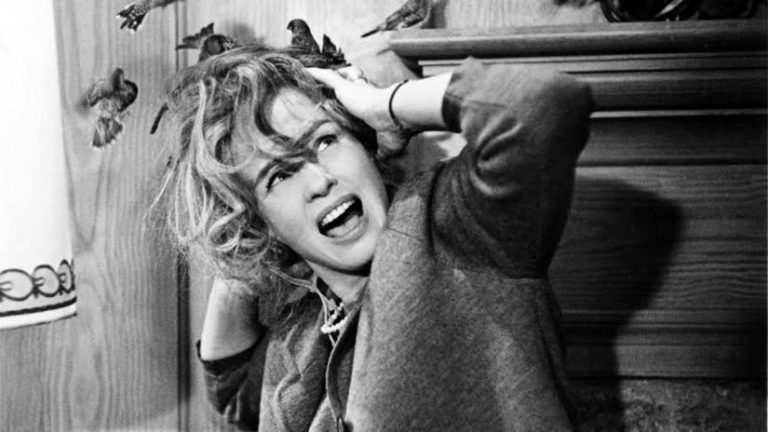The Gay Agenda is Alive and Well: These Thems
“Look at all these…thems, shes, hes, zirs…” Vero says, leaning against the bar, as the smile of a proud parent…

“Look at all these…thems, shes, hes, zirs…” Vero says, leaning against the bar, as the smile of a proud parent…

In this final installment of Women in Film Portraits, Lauren Sowa profiles Actress/Writer/Producer Kisha Barr, who has appeared in many television, film, and commercials. Kisha talks to Lauren about current projects, lessons learned, and about what inspires her.

In this final installment of Bette, Marilyn, and #MeToo, Kerry McElroy brings her timely and informative series to a close. But not before considering what today’s feminists and Hollywood insiders have to say about the relevance of studio-era actresses on this contemporary moment.

In this installment of Women in Film Portraits, Lauren Sowa profiles Writer/Director Christina Kallas on her new film Paris in Harlem as well as earlier works: 42 Seconds of Happiness and The Rainbow Experiment. Kallas shares her cinematic influences and offers advice to emergent filmmakers and artists.

As the world opened up to women’s liberation, civil rights, and new social movements, Hollywood of the 1960s doubled down on the exploitative practices that had made the industry so harmful to women. In this sixth series installment, Kerry McElroy argues that the sexual revolution stirring the larger culture, epitomized in the rise of Hugh Hefner, fanned the flames of an already misogynist, violent industry culture. As seen through the lives of Tippi Hedren and Marilyn Monroe, this article shows that the commodification of women only increased, even as the old studio system was dying. Few stars experienced the exception; read on about a compelling example: Elizabeth Taylor.

The 1950s was era of bigger stars, bigger budgets, and bigger bombshells. At same time, the studio system was weakening in the wake of television and a fearless and libelous emerging tabloid press. In this fifth series installment, Kerry McElroy examines the supreme pop cultural star of the twentieth century, Marilyn Monroe. Examined, in her own words and in new ways, McElroy’s Monroe is a kind of economic sociologist, a surprising forerunner of the #MeToo movement, and a forgotten proponent of social justice. Finally, McElroy considers another marquee court case, one in which star actresses fought back against the tabloids with bravery.

In the 1940s, two female intellectuals, coming from very different positions, began to theorize gender and economy in studio Hollywood. In this fourth series installment, Kerry McElroy delves into the changing and ironic state of affairs for actresses in the 1940s— unexpected autonomy and worsening exploitation. Food restriction, forced cosmetic surgery, suspensions, and poverty were largely the order of the tyrannical day. McElroy also looks at the last living Golden-Age star, Olivia de Havilland, and her landmark 1943 court case on contracts and suspensions.

In this installment of Women in Film Portraits, Lauren Sowa profiles award-winning Actress, Writer, Producer, and Activist Naomi McDougall Jones. Naomi wrote, produced, and starred in the 2014 indie feature film, Imagine I’m Beautiful, which took home 12 awards on the film festival circuit including 4 Best Pictures and, for Naomi, 3 Best Actress Awards and The Don Award for Best Independently Produced Screenplay of 2014. Naomi speaks with Sowa about her new film Bite Me and about being a female storyteller.

The 1930’s saw the studio system in peak Fordist condition, especially in terms of its financial and bodily control over women. “Glamour” was the disciplinary strategy of the day, and the most famous women stars of the twentieth century learned to negotiate it in new ways. In this third series installment, Kerry McElroy looks at race, queerness, and economic disadvantage in Depression-era Hollywood. Women like Mae West created new channels of power, attaining international stardom and unfathomable wealth in the process. Bette Davis, on the other hand, brought forth a watershed court case for actors’ rights, and demonstrated just how much the industry feared political agitation and class consciousness.